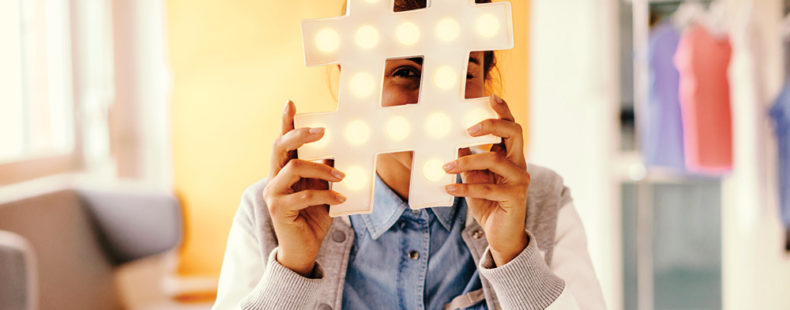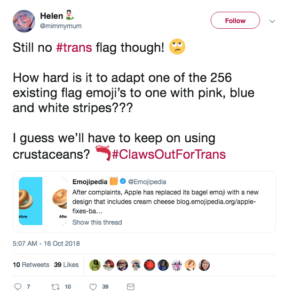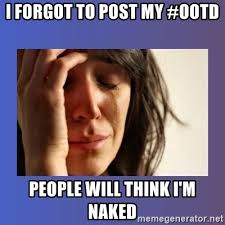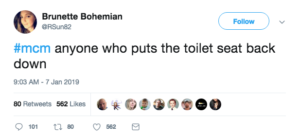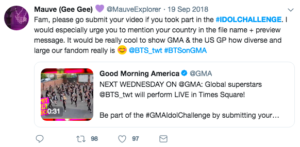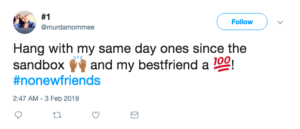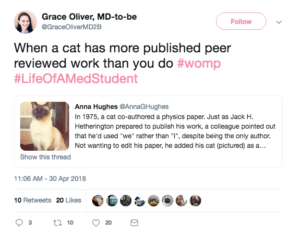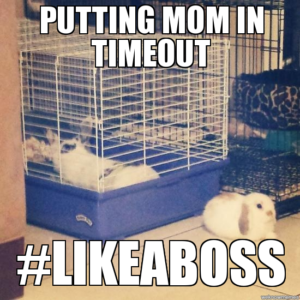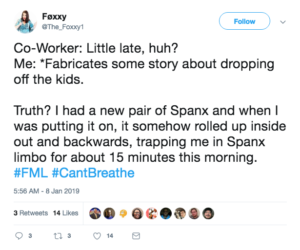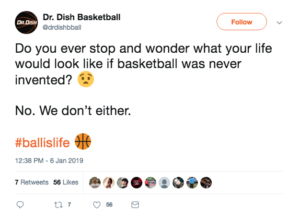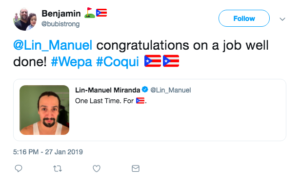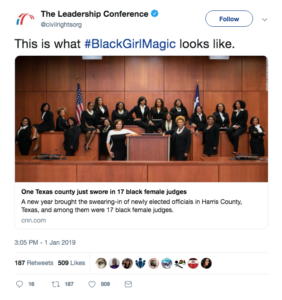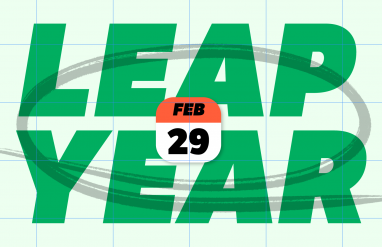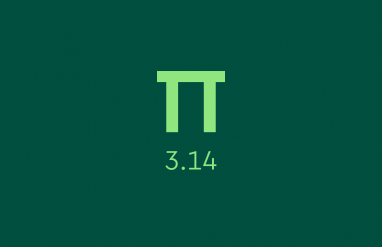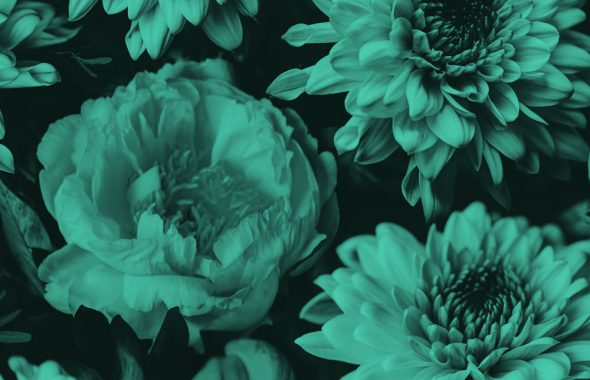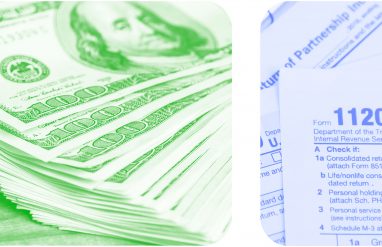Since 2007, hashtags (#) have been used on social media to bring together people or ideas posting about a similar topic. Sometimes, hashtags are created to draw attention to something, whether it’s a movie (#BirdBox) or a movement (#MeToo). Other times, hashtags seem to come out of nowhere in the zeitgeist (like #womp). They’ve even spread into the way people talk (“hashtag blessed!”).
But, sometimes, it’s hard to keep track of all these hashtags and what they mean. So, we’ve rounded up some of our favorite hashtags from the past couple years to help you navigate the social media weeds. #amazeballs
